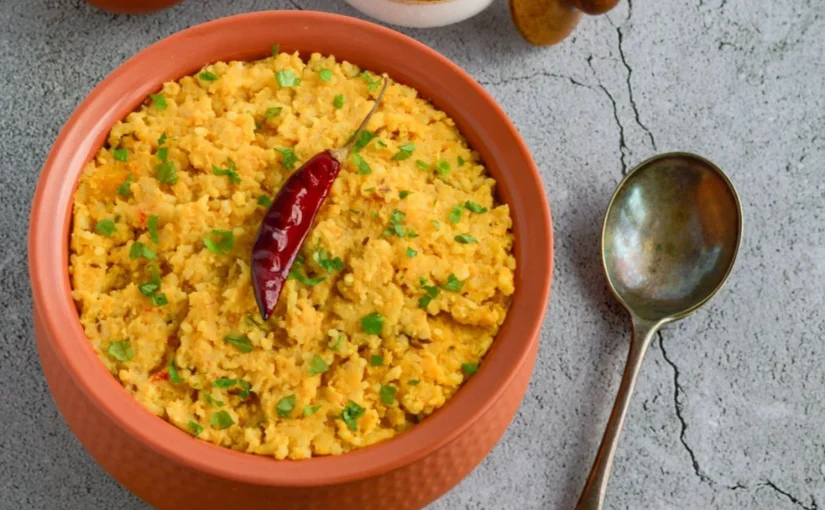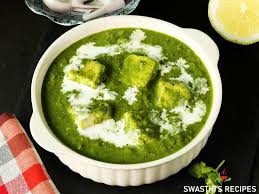
Rajma, commonly known as kidney beans, is a staple in Indian households—especially in North Indian cuisine. Whether served with steamed rice or roti, rajma is delicious, comforting, and surprisingly nutritious. Packed with protein, fiber, vitamins, and minerals, this humble legume offers a wide range of health benefits. If you’re looking for a wholesome ingredient that supports weight management, heart health, and digestion, rajma is an excellent addition to your daily diet. In this article, we explore the top health benefits of rajma and how you can cook it the right way to retain its nutritional value.
Also Read: Top Health Benefits of Coconut Barfi
Top Health Benefits of Rajma
1. Excellent Source of Plant-Based Protein
Rajma is one of the richest vegetarian sources of protein. A 100-gram serving contains nearly 24 grams of protein, making it ideal for vegetarians, vegans, athletes, and anyone who wants to build or maintain muscle mass. Pairing rajma with rice forms a complete protein profile, giving your body all essential amino acids.
2. High in Fiber — Great for Digestion
One of the biggest health advantages of rajma is its high dietary fiber content. The insoluble fiber helps regulate bowel movements, reduce constipation, and maintain a healthy gut. Fiber also feeds the good bacteria in your digestive system, improving overall gut health.
3. Helps in Weight Loss
If you are trying to lose weight, rajma can be your best friend. The combination of protein and fiber keeps you full for long hours, reducing unnecessary snacking. Rajma has a low glycemic index (GI), which means it releases energy slowly, preventing sudden spikes in blood sugar. This makes it ideal for people who are tracking calories or managing weight.
4. Supports Heart Health
Rajma is naturally rich in potassium, magnesium, and folate—all of which promote cardiovascular health. Potassium helps regulate blood pressure, magnesium supports normal heart rhythm, and folate helps reduce homocysteine levels, a compound linked to heart disease. Rajma also contains zero cholesterol and negligible fat, making it perfect for heart-healthy diets.
5. Controls Blood Sugar Levels
The low GI of rajma ensures slow digestion and steady glucose release. This makes it an excellent food choice for people with diabetes or those trying to maintain stable blood sugar levels. The fiber also slows down the absorption of sugar, preventing sudden spikes.
6. Full of Antioxidants
Rajma contains a high amount of polyphenols and antioxidants that help fight inflammation, oxidative stress, and free radicals. These antioxidants protect your cells from damage, boost immunity, and may even reduce the risk of chronic diseases.
7. Rich in Iron — Helps Fight Fatigue
Rajma is a nutrient powerhouse with a good amount of iron, making it beneficial for people who experience low energy levels, weakness, or iron deficiency. Eating rajma regularly supports healthy red blood cell production and improves oxygen circulation in the body.
8. Supports Bone and Joint Health
With minerals like magnesium, calcium, and phosphorus, rajma helps keep your bones and joints strong. These minerals contribute to bone density and may reduce the risk of conditions like osteoporosis over time.
9. Good for Skin and Hair
Rajma is rich in proteins, antioxidants, zinc, and biotin—all of which play important roles in improving skin texture, repairing tissues, and promoting healthy hair growth. The antioxidants prevent premature ageing by protecting the skin from free-radical damage.
How to Cook Rajma Perfectly
Cooking rajma is simple, but doing it the right way ensures maximum flavor and nutrition. Here’s a step-by-step guide:
Step 1: Soak the Rajma
- Rinse 1 cup of rajma thoroughly.
- Soak it overnight or for at least 8 hours.
- This softens the beans, reduces cooking time, and improves digestion.
Step 2: Pressure Cook the Rajma
- Drain the water and add the soaked rajma to a pressure cooker.
- Add 3–4 cups of fresh water and a little salt.
- Cook for 6–7 whistles or until the beans turn soft and easily mash between your fingers.
Step 3: Prepare the Masala Base
Heat 2 tbsp oil or ghee in a pan and add:
- 1 chopped onion
- 1 tbsp ginger-garlic paste
- 2 chopped tomatoes
- 1 tsp turmeric
- 1 tsp red chilli powder
- 1 tsp cumin
- 1 tsp coriander powder
- Salt to taste
Cook the mixture until it becomes thick, aromatic, and oil starts to separate.
Step 4: Combine Rajma and Masala
- Add the cooked rajma (with its water) to the masala.
- Mix well.
- Allow it to simmer for 15–20 minutes on low flame so the flavors blend beautifully.
Step 5: Finish and Serve
Add:
- A pinch of garam masala
- Fresh coriander
- Optional: a spoon of fresh cream for richness
Serve hot with steamed rice (classic Rajma Chawal), jeera rice, or soft rotis.
Conclusion
Rajma is more than just a comforting dish—it is a nutritional powerhouse loaded with protein, fiber, antioxidants, and essential minerals. From improving digestion to supporting heart health and aiding weight loss, rajma offers a wide range of benefits for all age groups. When cooked the right way, it becomes a tasty and healthy meal you can enjoy any day of the week. Incorporate rajma into your weekly diet and experience its wholesome goodness.




